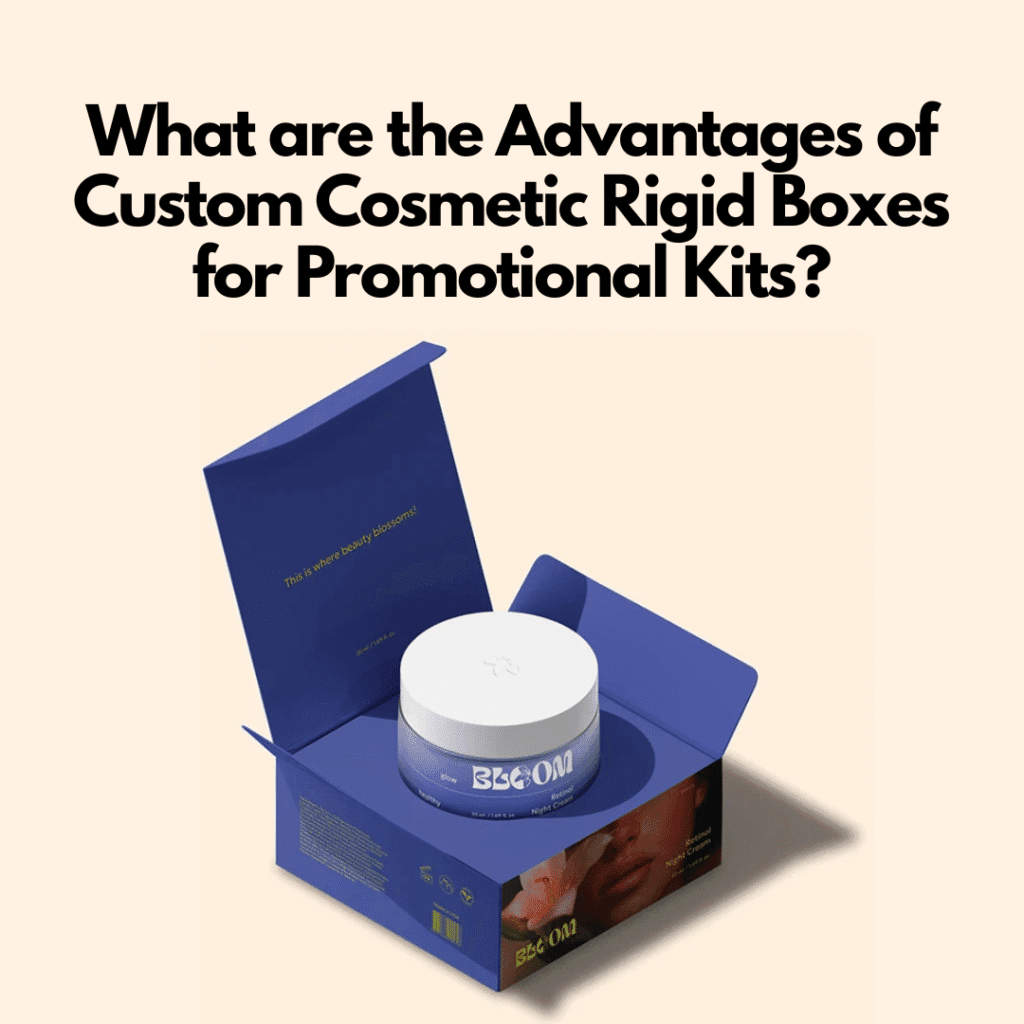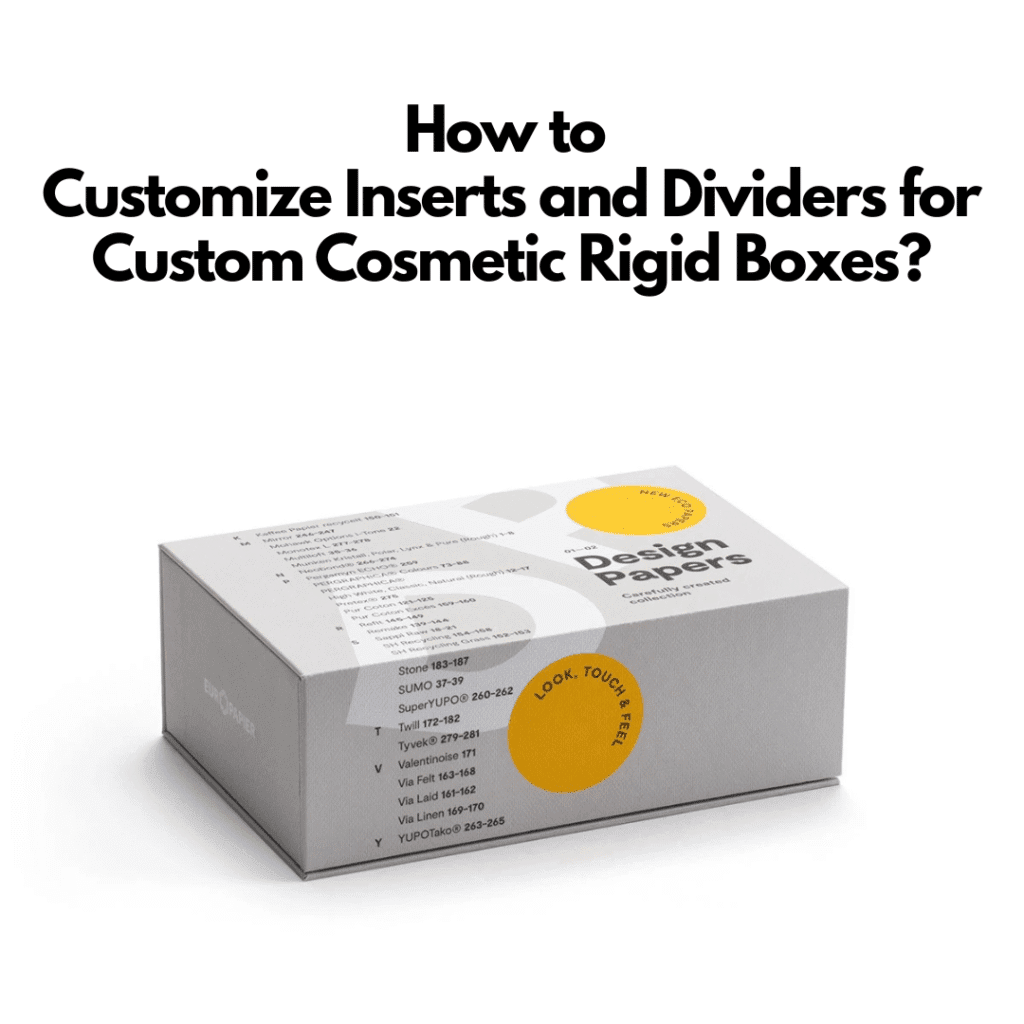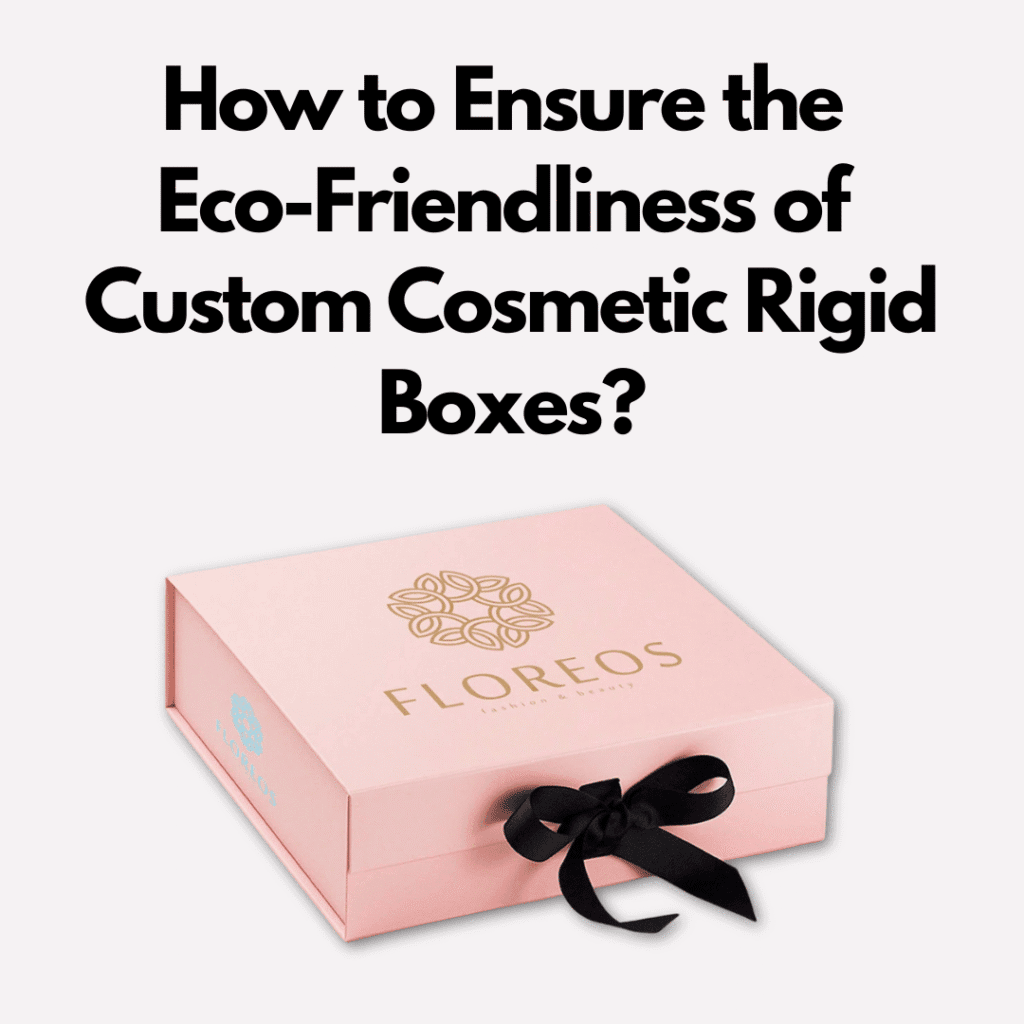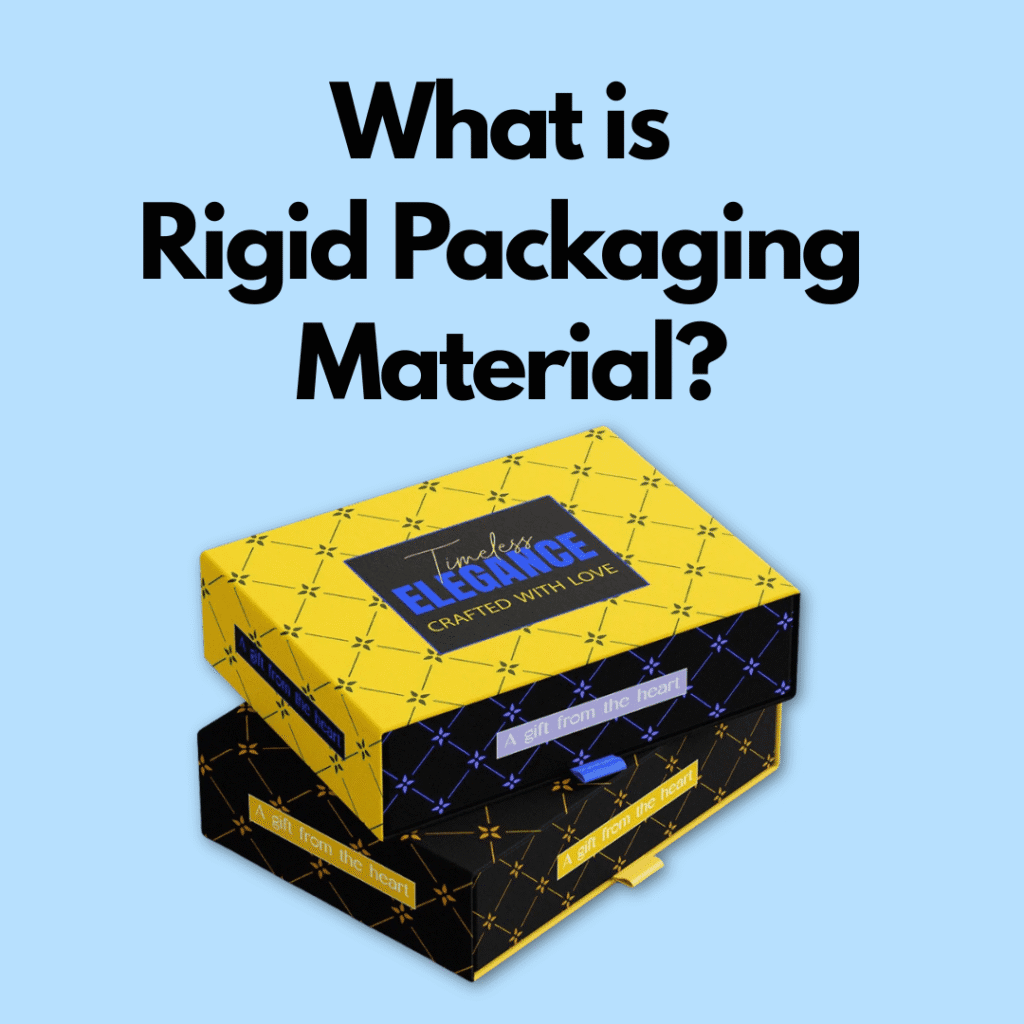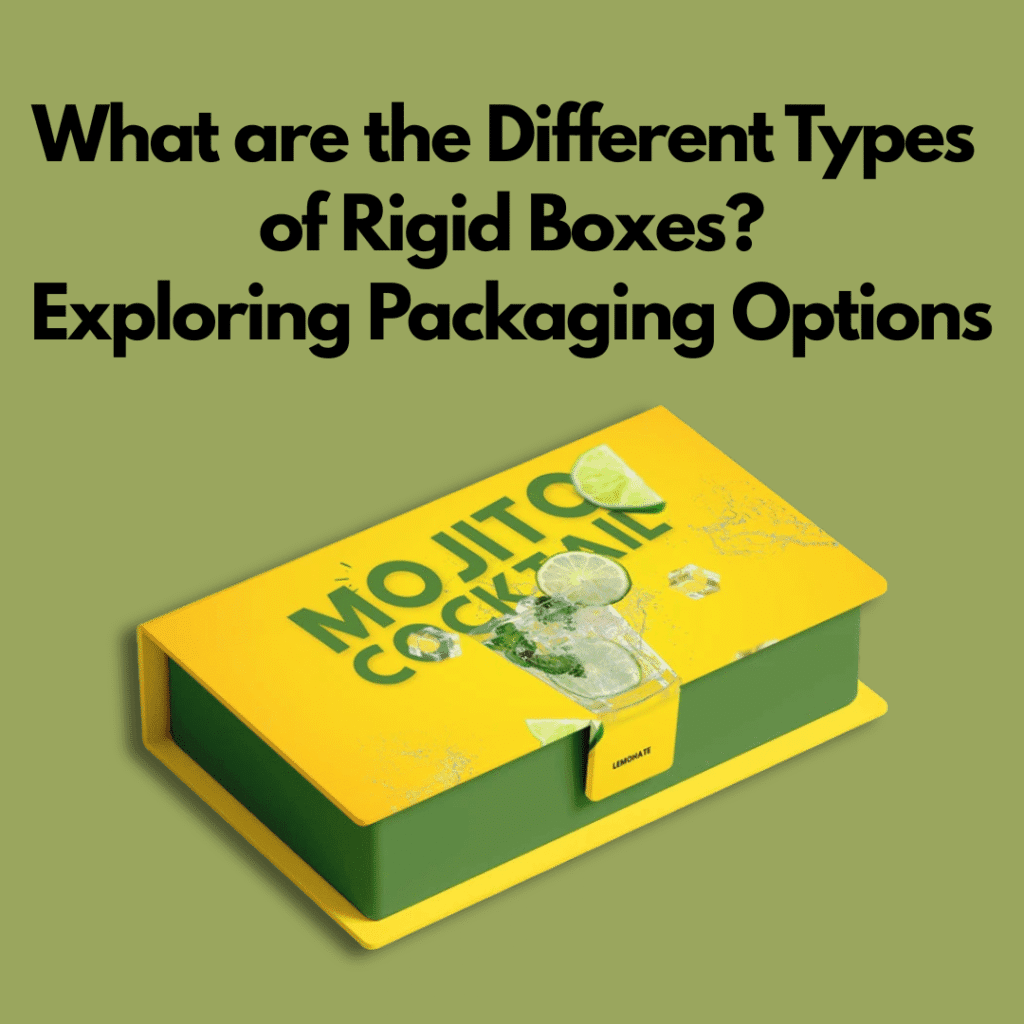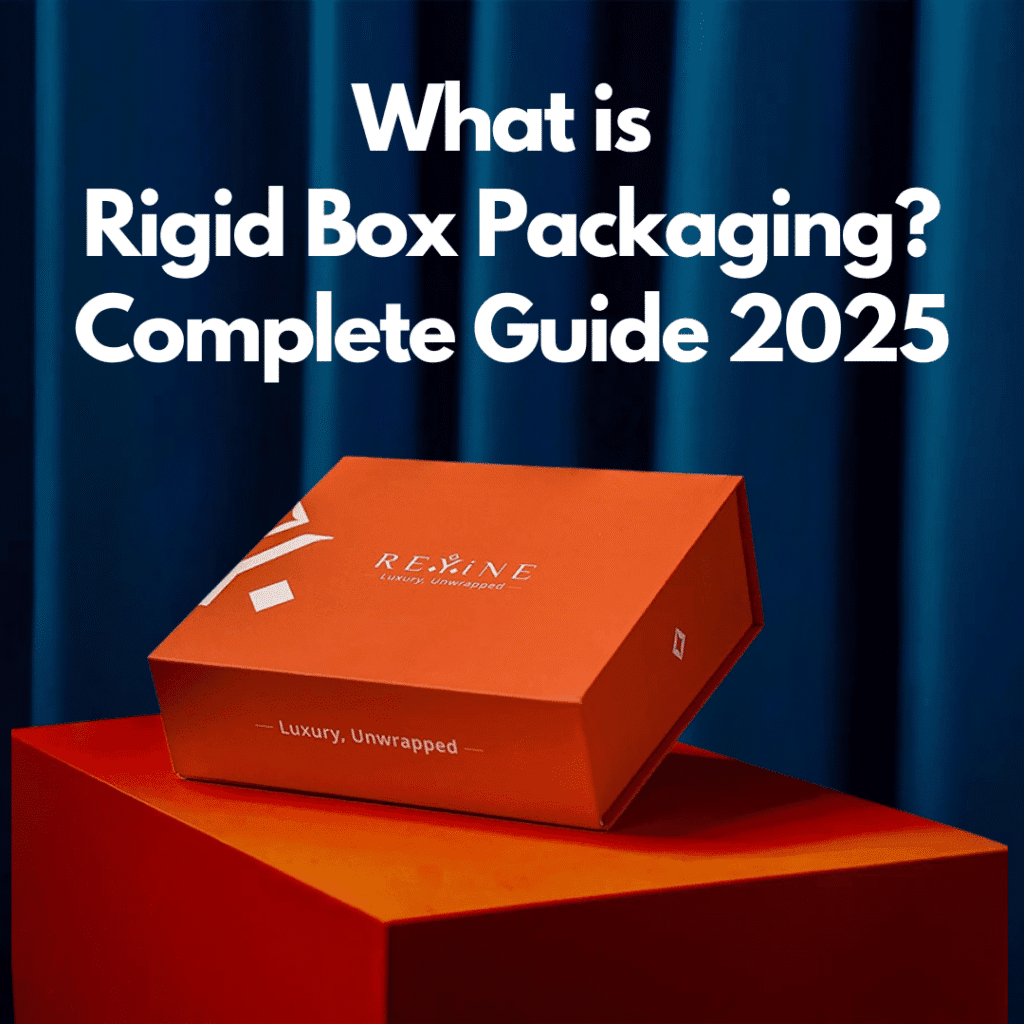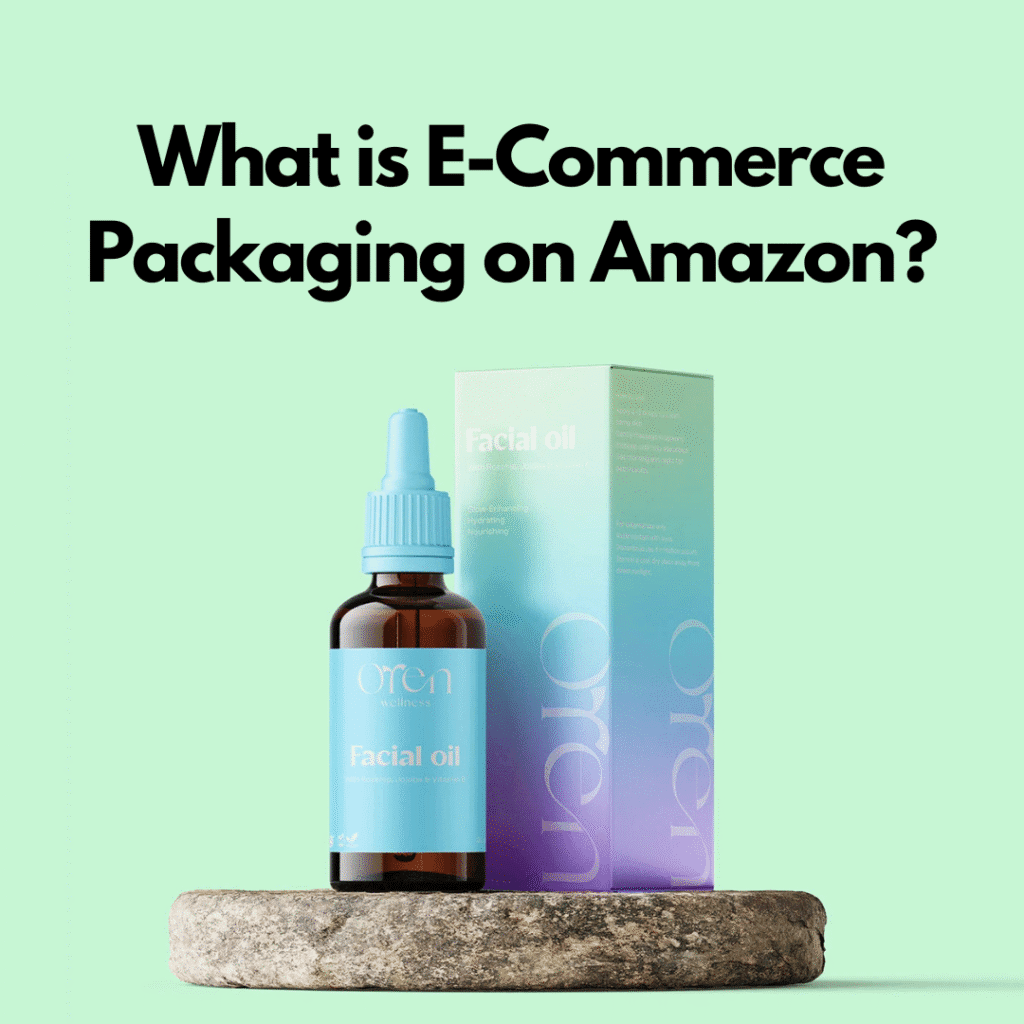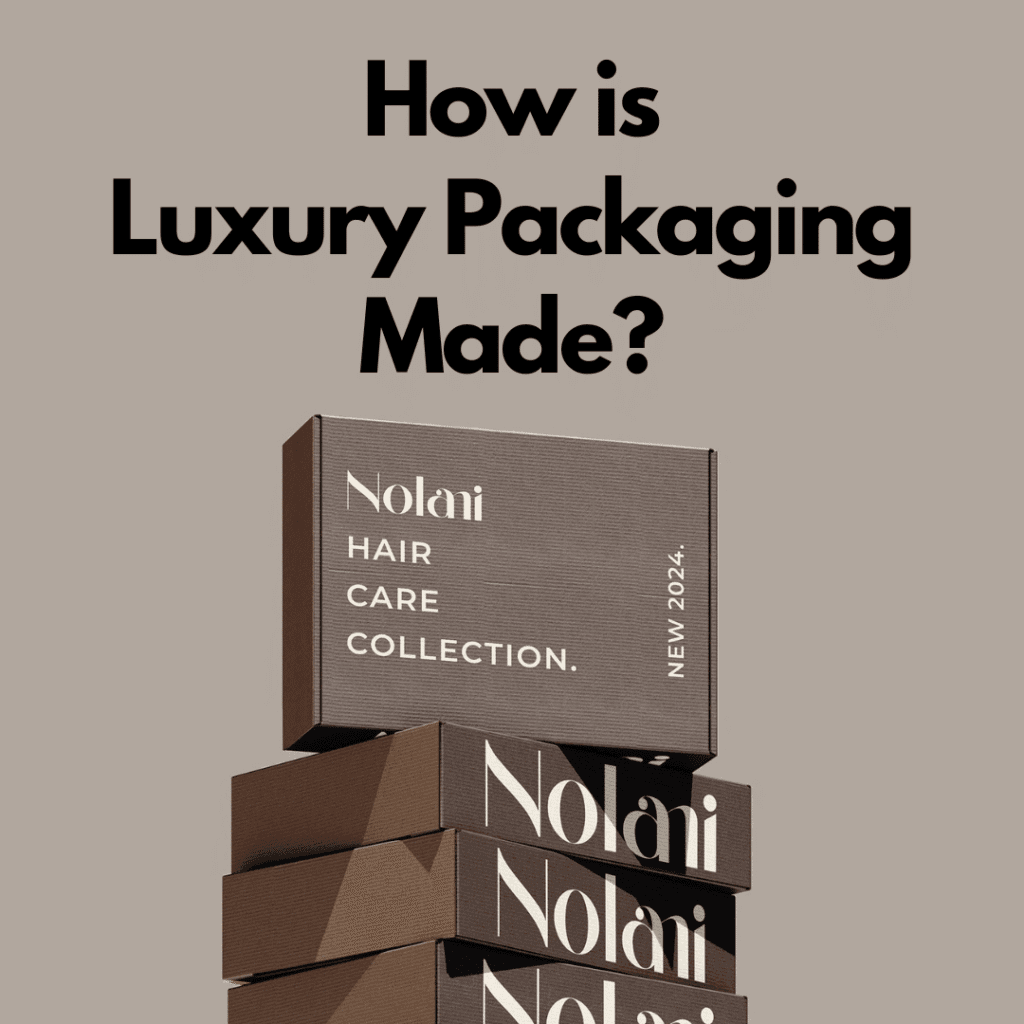What are the Advantages of Custom Cosmetic Rigid Boxes for Promotional Kits?
What are the Advantages of Custom Cosmetic Rigid Boxes for Promotional Kits? Curious to know innovative solutions?! Let’s get started! Contact our packaging experts today for a free consultation and receive an instant, no-obligation price estimate. GET Quote Custom cosmetic rigid boxes make promotional kits look premium and stylish. They protect products and improve brand image. Unique designs make packaging stand out. Creative styles bring excitement. Customers feel more connected and attracted. These boxes turn simple kits into powerful marketing tools. Introduction Custom cosmetic rigid boxes are now a top choice in the beauty world. These boxes are strong and stylish. They give every product a premium touch. Brands use them to attract attention and add value. On store shelves, they create a lasting impression. They are more than packaging. They show the care and detail a brand invests in its items. This blog explains the benefits of custom cosmetic rigid boxes. We will also cover their use in promotional kits, branding, and durability. Advantages of Using Rigid Boxes in Promotional Kits Promotional kits help brands stand out during campaigns and events. They are also used for product launches. These kits usually come in rigid boxes that give a premium touch. The strong packaging makes products look valuable and special. Customers enjoy receiving items in such elegant boxes. A carefully packed kit creates curiosity and excitement. It also makes customers remember the brand for longer. A good presentation adds impact to the overall experience and supports future loyalty. Enhances Brand Identity Custom cosmetic rigid boxes help brands stand out. Adding logos, colors, and unique designs makes the brand easy to recognize. These boxes create a lasting impression on customers. They are especially useful for gift sets or promotional kits. Every time a customer sees the box, they remember the brand. It makes the brand look thoughtful and high-quality. Protects the Products Protection is a key benefit of rigid boxes. Cosmetics can break or spill if packed poorly. Rigid boxes keep them safe. They stop dents, scratches, and other damage during shipping. Products in promotional kits must reach customers in perfect condition. Custom rigid boxes make sure items stay secure. They also make the products look neat and fresh when delivered. Provides a Premium Look A great presentation can boost marketing. Custom rigid boxes add a touch of luxury. Different finishes make them attractive. Customers see products in these boxes as premium. A stylish box adds value to your promotional kit. It creates a strong first impression. Customers feel appreciated. Attractive packaging can boost interest. It encourages people to buy your products. Brands benefit from this added appeal. Customization Options Rigid boxes offer many customization options. Brands can choose the size shape and style. They can add magnetic closures or ribbons to create a premium look. Inserts can hold products securely. Colors and designs can match the brand theme. Every promotional kit can look unique. Brands use customization to communicate with customers. It creates a lasting impression and makes the product visually appealing and special. Affordable Marketing Tool Custom rigid boxes may cost more than regular boxes, but they are worth it. They act as a direct marketing tool. Every time a customer sees or uses the box, they remember the brand. This creates a lasting impression. It can be more effective than paid ads. Investing in these boxes strengthens your brand. It also builds trust and encourages customer loyalty over time. Boosts Customer Satisfaction A great unboxing can leave a lasting impression. Custom cosmetic rigid boxes make the experience exciting. A carefully packed promotional kit gives customers a sense of importance and care. This positive feeling can encourage loyalty. Many brands now pay attention to packaging. They know good packaging improves the overall experience. A memorable unboxing boosts repeat purchases. It leaves a lasting impression on customers. It also builds a stronger connection with the brand. Eco Friendly Options Customers today pay attention to how products are packaged. Custom rigid boxes can be made from materials that are recycled or biodegradable. Brands that select such packaging show concern for the planet. It makes gift boxes and promotional kits more valuable. Products with responsible packaging attract thoughtful buyers. Sustainable choices help brands stand out. Packaging that respects nature improves a company’s image. It also makes products more attractive to customers. Suitable for Various Cosmetics Custom rigid boxes hold cosmetics safely. They are perfect for creams, lipsticks, perfumes, and other small items. Promotional kits with multiple products benefit from these boxes. Dividers or inserts keep the items organized. Customers can see and reach everything easily. This makes the kit simple to use. It also looks elegant and professional. Brands can present their products in an attractive way. The boxes make the kit more appealing overall. Why Choose Custom Rigid Boxes Over Standard Packaging? Standard packaging is simple and low cost. It protects products but does not attract attention. Custom rigid boxes are stylish and unique. They make products look premium and memorable. These boxes help brands show their identity and creativity. Custom boxes for promotional kits attract customers quickly. They make products memorable. People like engaging with the brand. Using custom rigid boxes adds value and leaves a lasting impression. Tips to Choose the Right Custom Rigid Box for Promotional Kits Choosing the right box is key to a successful promotional kit. Brands must pick a size that fits the products. The perfect fit makes the kit look professional. The design must reflect the brand and campaign goals. Colors and finishes should attract the audience. The box needs to be strong and easy to handle. Inserts or compartments help organize the products. A smart box design makes the kit stand out. It leaves a strong impression on customers. It gives a positive and memorable experience. What Makes Packaging Hippo Special? Packaging Hippo is a top company for custom packaging solutions. They create strong rigid boxes for cosmetics. Their designs are stylish and functional. Their team uses materials like recycled cardboard and

